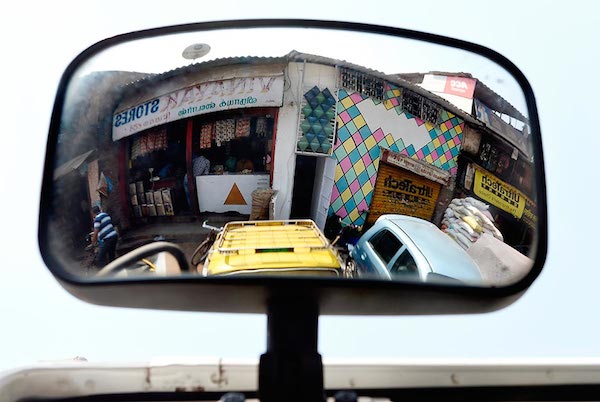Art & Exhibitions
Slumdog Millionaire Neighborhood Gets an Art Biennial

Photo: AFP

Laura Lesmoir-Gordon

The Dharavi neighborhood in Mumbai, one the largest slums in India, is holding its first biennial over the next three weeks, AFP reports.
Bringing together works by more than 400 Dharavi residents, the Alley Galli Biennial aims to promote public health through creativity, without coming across as “preachy,” organizers claim.
Home to more than 750,000 people, Dharavi is located in the middle of Mumbai’s financial district, and is known for both its deprived conditions as well as its booming industry. While rents here can be as low as 185 rupees ($4/£2.20) per month, goods from the neighborhood, such as clothes and pottery, are exported internationally, and the annual turnover is thought to be in excess of £350 million.
Organized by the Society for Nutrition Education and Health Action (SNEHA), the biennial comes two years after the success of their art exhibition, “Dekha Undekha” (“Seen Unseen”), which used art as a means to consider ideas of sanitation and maternal health.
The festival will differ considerably to other art biennials, showing works made from recycled materials by residents, including children, rather than professional artists from around the world. Spread across three areas of the slum, the themes range from gang rape to domestic violence and child welfare.
Speaking about the festival, student Saraswati Bhandare, whose work forms part of the opening show, said, “People think this is just a slum area where we aren’t educated, but the truth is that it’s a place where so many talents come together. We’re proud to be from Dharavi.”
The biennial runs from February 15 through March 7.